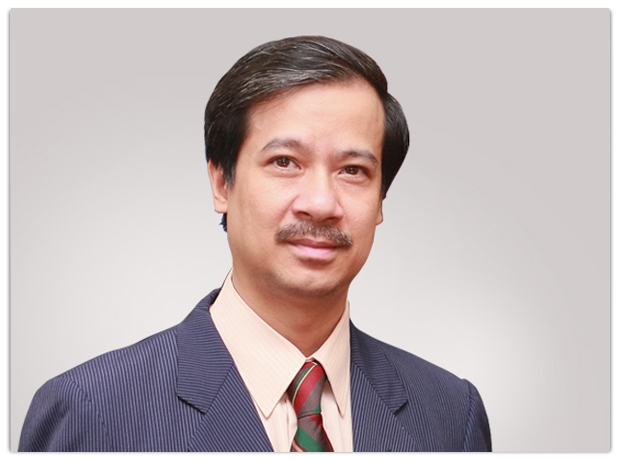 Opinion
Opinion

Nguyễn Kim Sơn, Permanent Vice President of the Việt Nam National University, spoke to the newspaper Kinh tế & Đô thị (Economic and Urban Affairs) about the close link between high quality universities and turning out of high quality human resources.
 |
Nguyễn Kim Sơn, Permanent Vice President of the Hà Nội National University, spoke to the newspaper Kinh tế & Đô thị (Economic and Urban Affairs) about the close link between high quality universities and turning out of high quality human resources.
Do you think that Vietnamese tertiary education should gear towards offering high quality programmes to all students?
In my opinion, the name high quality training programme itself already contains a message about good teachers and learned students. The Ministry of Education and Training (MOET) has set a bench mark for high quality training programmes. This is a prerequisite condition to supplying high quality human resources for the homeland.
However, the life of that definition will be short, as when all universities have reached that goal, we won’t need that definition anymore. Then each educational institution will be free to adopt the most suitable solutions for itself.
Nevertheless, in my own opinion, the MOET should introduce a set of criteria for all universities to refer to. For example, criteria on teaching staff, physical infrastructure, teaching equipment, including teaching and learning materials and so forth.
How can students and their parents know that the university they want to enroll in meets the criteria set by the MOET?
There are various ways to assess whether a university’s curricula have met the MOET’s standards or not. For example, one of the criteria set by the Ministry is a foreign language subject. But, in my opinion, learning a foreign language is only a conditional subject for some universities, while at others it is the major subject. That’s why it should not be treated equally in all universities’ curricula.
At present, quite a few universities jointly organize training courses with foreign counterparts. During their studies, the students can choose to spend half or even three quarters of their course studying abroad. This is a good model. However, entry marks required for those universities are lower than those for Vietnamese universities. Do you have any comments on this teaching model?
In my opinion, the foreign input is important. But it is only one of the criteria contributing to quality training. We can’t say that a high input or low input will affect the quality of the output. In reality, the output quality depends on various factors, particularly the quality of the foreign counterpart universities – their lecturers and learning and teaching facilities. Last but not least, how long the students study there.
For a university with poor infrastructure, they might think that a solution to elevate their teaching status is to jointly conduct training courses with a foreign counterpart. Would you support their decision?
That’s a good way to elevate their teaching status. But the point I want to emphasise here is that the foreign university must be of high and prestigious status, otherwise such co-operation may not bring about the expected results.
In other words, we can’t say such a model is good or bad. - VNS




